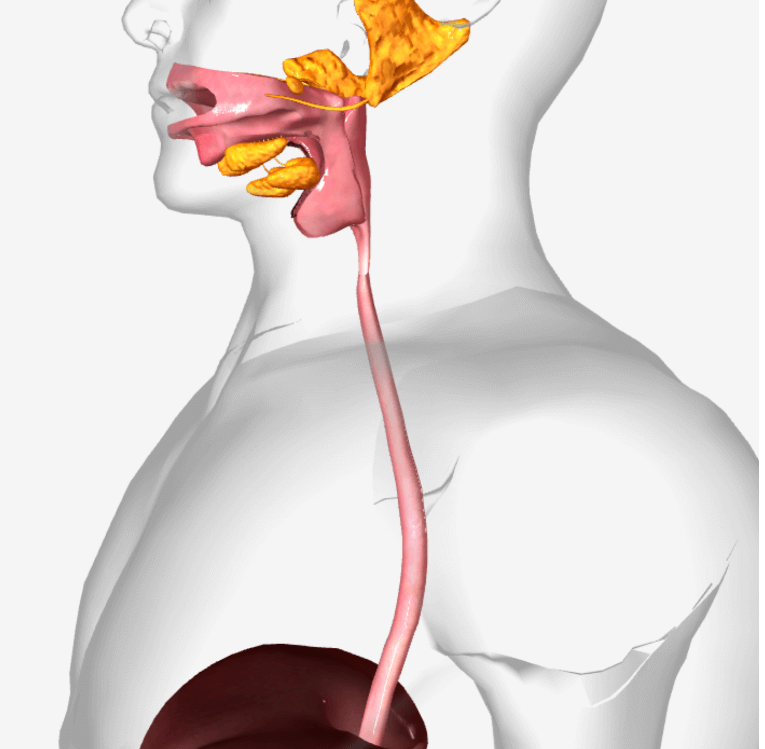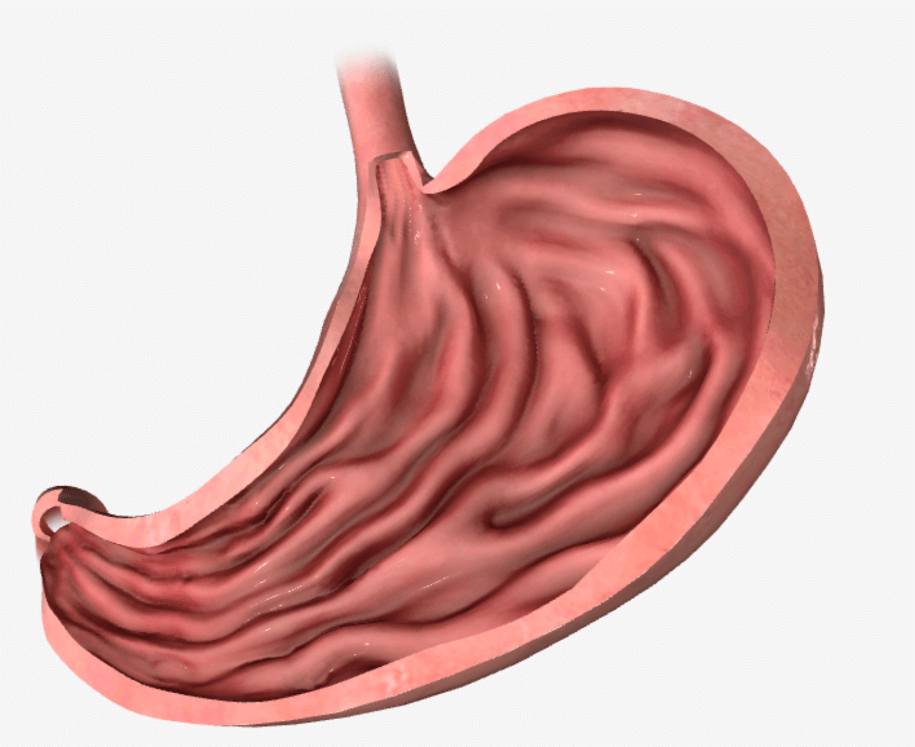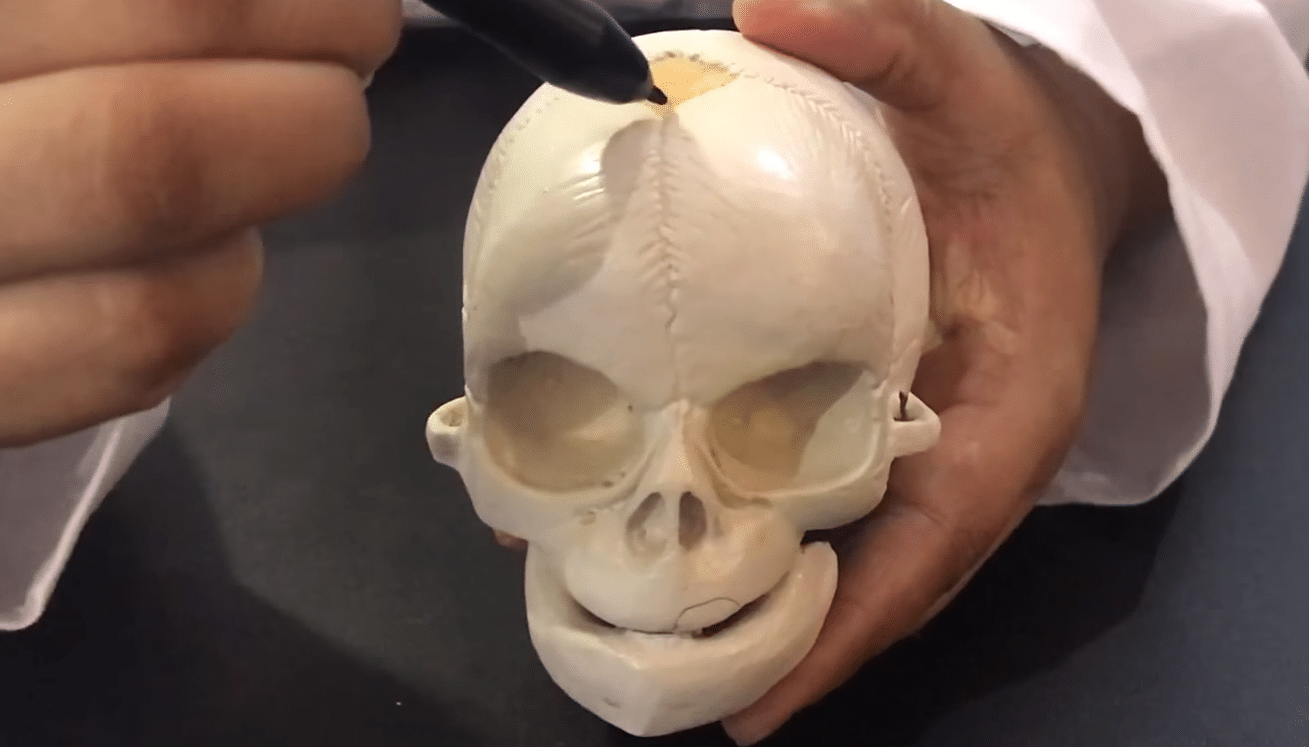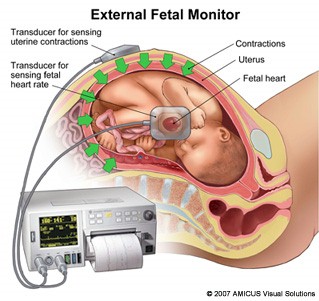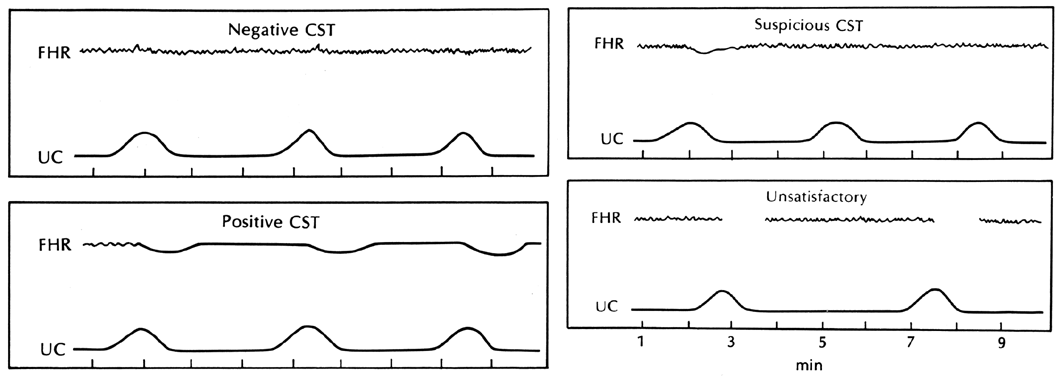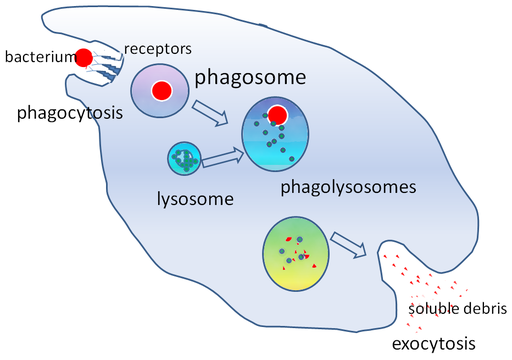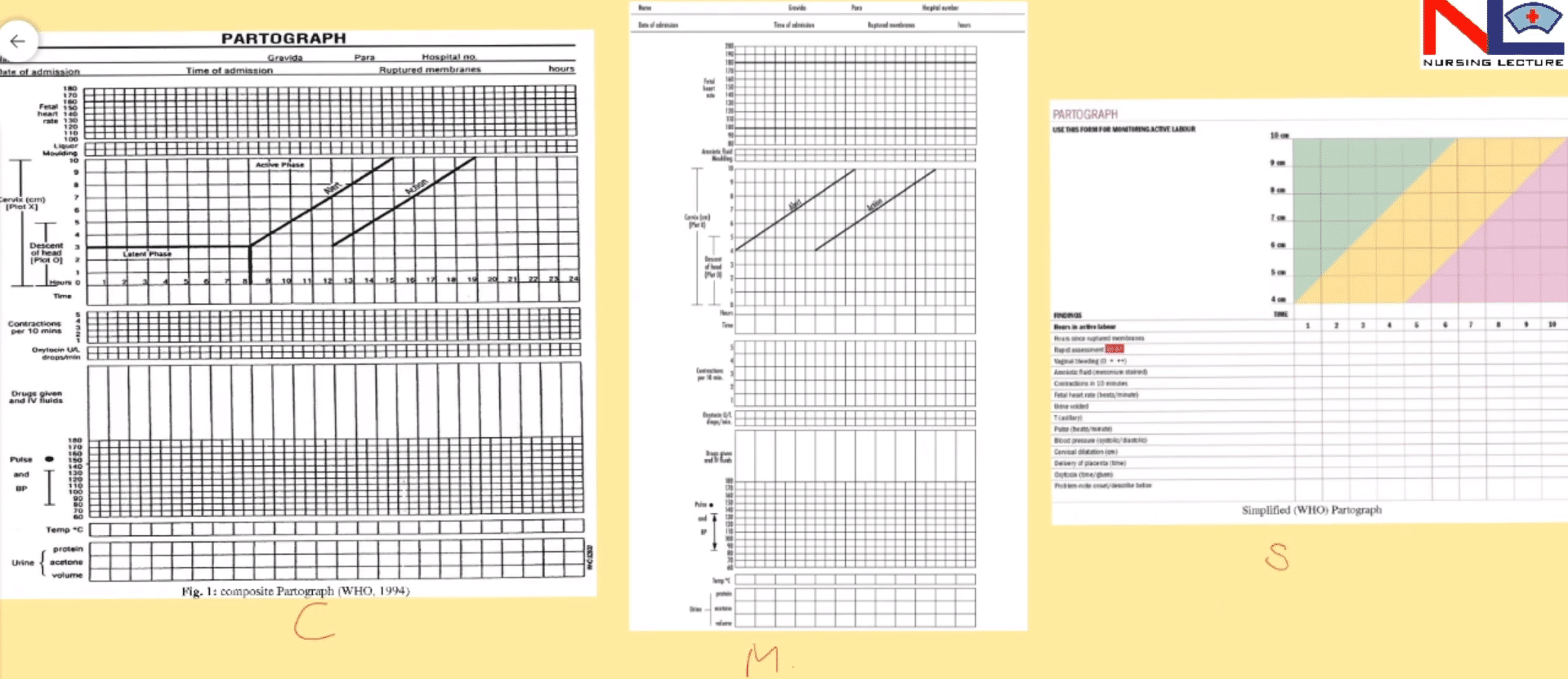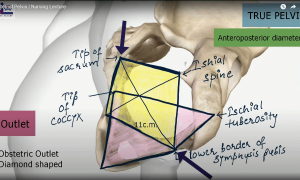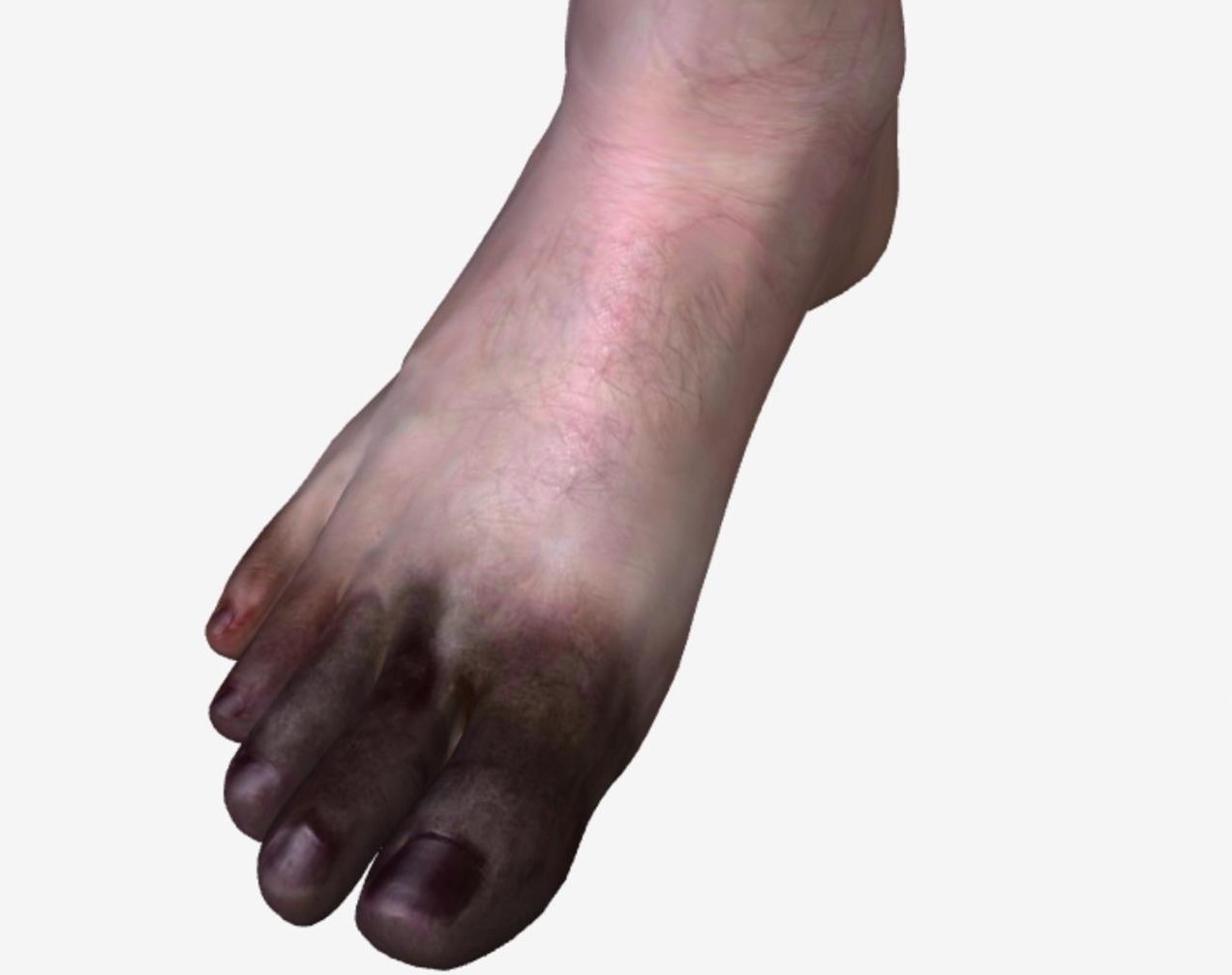Introduction to Digestive System

The digestive system includes- the gastrointestinal (GI) tract and the accessory digestive organs. The gastrointestinal (GI) tract, or alimentary canal, is a continuous tube that extends from the mouth to the anus.
- The gastrointestinal tract includes the mouth, pharynx, esophagus, stomach, small intestine, and large intestine.
- The length of the GI tract is about 5–7 meters in a living person, It is longer in a cadaver about 7–9 meters because of the loss of muscle tone after death.
- The accessory digestive organs include the teeth, tongue, salivary glands, liver, gallbladder, and pancreas. Teeth help in the physical breakdown of food, and the tongue assists in chewing and swallowing.
- The other accessory digestive organs, produce or store secretions that flow into the GI tract through ducts, the secretions help in the chemical breakdown of food. Enzymes secreted by accessory digestive organs break down the food chemically.
The digestive system performs six basic processes-
1. Ingestion
This process involves taking foods and liquids into the mouth.
2. Secretion
cells within the walls of the GI tract and accessory digestive organs secrete a total of about 7 liters of water, acid, buffers, and enzymes into the lumen of the tract.
3. Mixing and propulsion
Contractions and relaxations of muscle in the walls of the GI tract mix food and secretions and move them toward the anus.
4. Digestion
Mechanical and chemical processes break down ingested food into small molecules.
– Mechanical digestion – The teeth cut and grind food before it is swallowed then smooth muscles of the stomach and small intestine churn the food. So, food molecules become dissolved and mixed with digestive enzymes.
– Chemical digestion- the large carbohydrate, lipid, protein, and nucleic acid molecules in food are split into smaller molecules by hydrolysis. Digestive enzymes produced by the salivary glands, tongue, stomach, pancreas, and small intestine catalyze these reactions.
5. Absorption
The entrance of ingested and secreted fluids into the epithelial cells lining the lumen of the GI tract is called absorption. It passes into blood or lymph and circulates throughout the body.
6. Defecation
Wastes, indigestible material from the lining of the GI tract, leave the body through the anus in a process called defecation. The eliminated material is termed feces or stool.


